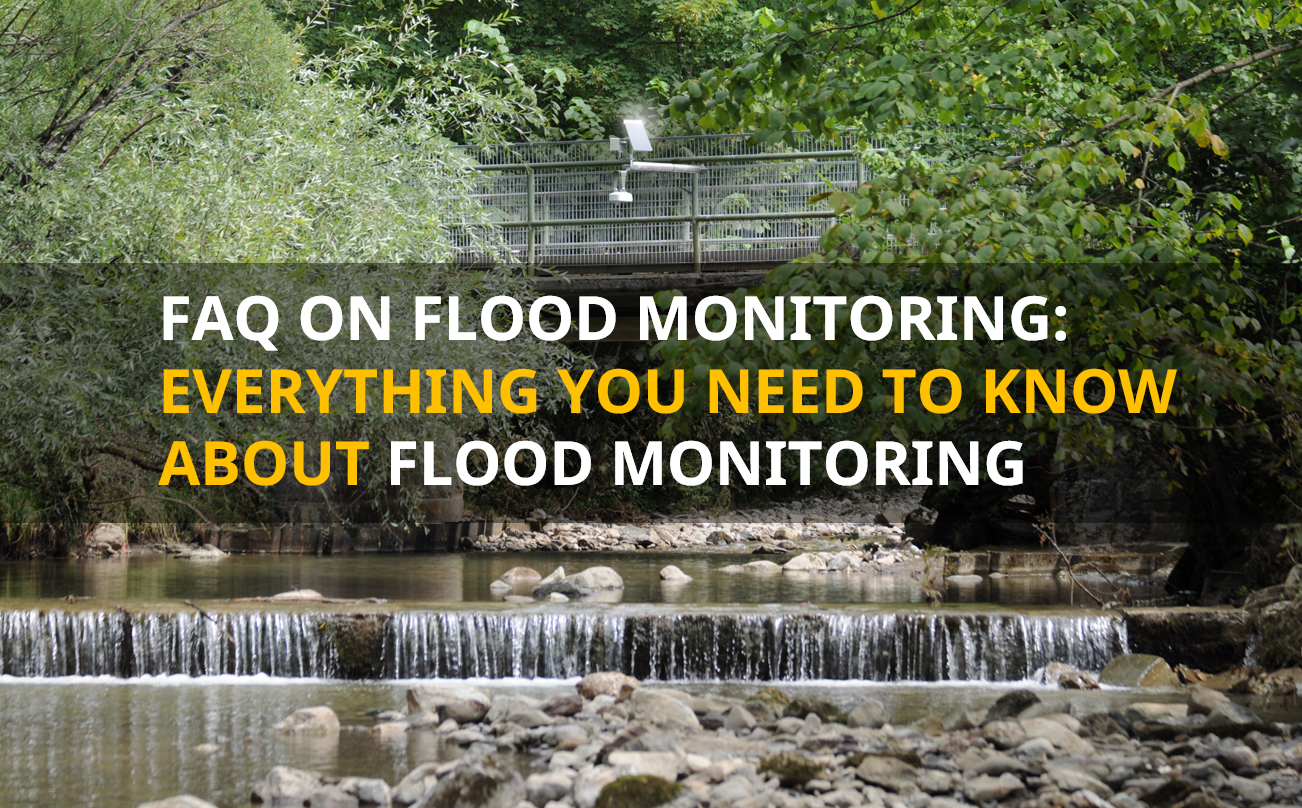For hydrology professionals, setting resolutions around data collection and management can mean the difference between spending excessive time in the field and consistently having reliable data when you need it.
This year, we’re looking at three surface and groundwater monitoring tech resolutions to simplify your workflows and obtain better insights from your hydrology data. We’ll explore how different dataloggers can help, and how cloud software can streamline your work.
1. Resolution: I was out in the field too Much in 2021, so I’m spending 2022 in my office and letting my dataloggers do the work.
If you spent a lot of time in the field last year, this is the year to modernize and put data collection on autopilot with confidence. Two proven technologies that can help you do it are the SUTRON SatLink3 and SUTRON XLink datalogger and transmitter.
The SatLink3 is ideal for collecting and transmitting data from remote field sites around the world. With options to transmit data via satellite or cellular communication, SatLink3 is a top choice for agencies using geostationary environmental satellites such as GOES or EUMETSAT. The XLink is an ideal datalogger for those who only need cellular data transmission, but still want the benefits of the SatLink3.
Both the SatLink3 and the XLink can help you:
- Configure instruments remotely: Remote two-way communication allows you to check or change device configurations and turn instruments on or off. This means you can adjust your monitoring program without added time or expense.
- Get real-time information: Paired with the intuitive AQUARIUS software, gain instant access to your data plus real-time alerts, so you know what’s going on in the field at any given time.
2. Resolution: I’m saying ‘farewell’ to spreadsheets and data silos and managing my water data with a modern solution.
For those spending hours consolidating, analyzing, and sharing data, 2022 is the year to simplify data management and minimize the use of spreadsheets. With a ‘boots to boardroom’ appeal, AQUARIUS cloud software can help centralize multiple data sources — whether from field or lab samples, station data, or publicly available data such as the National Weather Service, the use of a modern solution can save time and focus your effort on what’s important.
Inside the AQUARIUS platform, information is automatically imported to a user-friendly web portal where you can see time-series data, generate rating curves for discharge monitoring, and consolidate disparate data for efficient analysis. The platform lets you automatically correct and QA your data, with the ability to compare raw vs. corrected.
AQUARIUS allows you to:
- Turn near real-time sensor, logger, and system data into insights for better decision-making
- Create live dashboards to track your most important data
- Share data such as statistics, alarms, maps, and reports with stakeholders
AQUARIUS is widely used by hydrology professionals nationwide, including local, state, and federal agencies tasked with monitoring real-time data. The software leverages the scalability of Amazon Web Services to fit any organization while also providing security and reliability.
3. Resolution: 2022 is the year I automate my water level monitoring … promise.
If you’re managing a network of groundwater monitoring wells, you know just how costly and labor-intensive the process can be. For all-in-one enthusiasts, things just got better, as the installation and maintenance of the OTT ecoLog 1000 requires no need for additional cables or dongles – minimizing your total cost of ownership and guaranteeing you won’t spend unnecessary time or energy setting up or relearning your equipment. No additional hardware, no additional trips to the field.
This compact, all-in-one water level and temperature logger and transmitter is designed to simplify groundwater monitoring. The OTT ecoLog 1000 fits inside a 2-inch or 4-inch well pipe, transmitting data via cellular telemetry. Combined with our LinkComm software, it’s easy to set up and maintain via Bluetooth connection and can be used on most smartphones.
Let’s consider an example: Monitoring a network of 100 dataloggers might typically require several days in the field just to get data every three months. With the ecoLog 1000, you can collect one to two transmissions daily, or even every hour, reducing scheduled trips to the field to once or twice a year (or less) for basic maintenance.
The result: after a few months, monitoring costs go down to virtually zero compared with the labor costs of field data collection. Even better, you can eliminate data gaps and collect accurate measurements at greater frequency for better water resource management.
All-in all, we’re just getting started in 2022 with plenty of time to address your tech resolutions. From dataloggers to software, these solutions will ensure that your monitoring systems and your team thrive throughout the year.
Learn more about what’s to come in 2022 in OTT HydroMet’s newest guide: Hydro + Met Trends to Watch in 2022.
Further Reading
Our experts are happy to answer your questions – contact us for more information!



